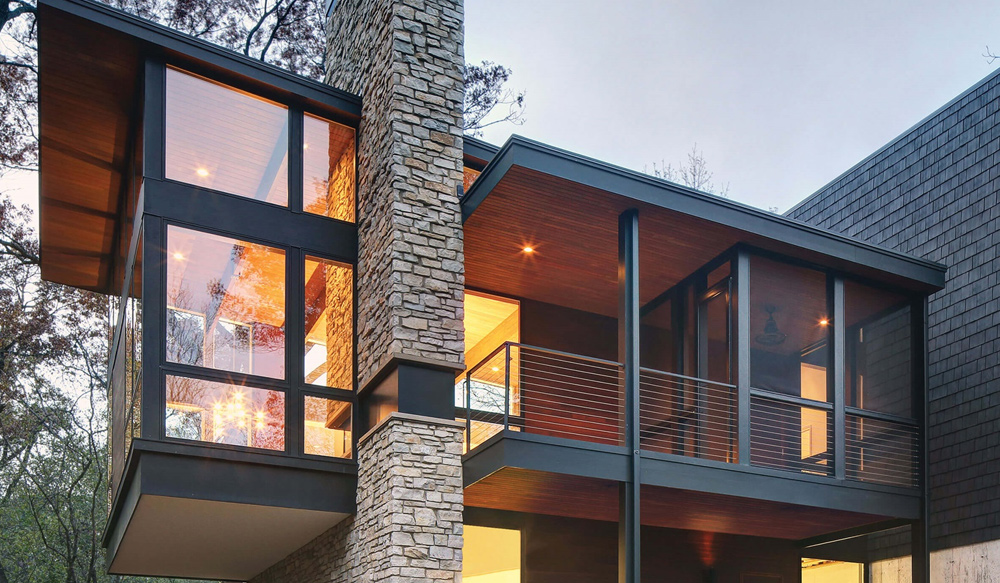26 Dec What Factors Make Your Windows Energy Efficient

Your windows need to be energy efficient. During the colder months, your home can lose a lot of its heat through the windows. During the summer you have the opposite problem by allowing heat to overwhelm your air conditioning.
By not installing energy-efficient windows you cost yourself money. Energy spent on heating the home in the winter or cooling it in the summer could be better spent elsewhere. We always advise our clients to choose the most energy-efficient windows they can afford as they generally will repay the investment over time.
“What makes a window energy efficient?” asked a caller to our offices recently.
It’s not an unusual question, and our expert had a few answers ready. The subject came up again over the morning coffee and the wise heads had many solutions. We put them down on paper and compiled a long list.
The list of the major factors that make your windows energy efficient includes:
- Low-E or low-emission glass to reduce heat transfer
- Argon gas reduces heat and noise transfer
- Frames are vital to energy-efficient windows
- Know your window energy efficient ratings
Let’s take a closer look at each point on the list.
Low-E glass for energy-efficient windows
The glass is a vital factor in making your windows energy efficient. If you have the wrong glass with the right frames, you will still lose heat and money.
Low-E glass, like Emax and Advanced Emax glass, has a coating applied at the manufacturing stage. The coating bonds to the inside of the insulating glass surface. Since it’s barely visible, it will not take away from the look or feel of the windows.
The coating works by reflecting long-wave heat radiation back to its source. The heat in a warm room will bounce back to keep you warm in the winter. During the summer the heat of the sun’s rays reflects away from the room. In this way the energy-efficient windows will keep the room warm in the winter but fresh in the summer.
Argon gas is another efficiency staple
Insulating the windows using Argon, or other inert gases, can have a similar effect. It’s colorless and odorless and is denser than the atmosphere, providing more thermal efficiency than having air between the panes.
For a marginal incremental investment versus standard glass, you can get significant energy savings and protection from gas-filled windows. The extra insulation between glass panes can also reduce ambient noise transfer.
Frames are vital to energy-efficient windows
Just as you need the right glass, you also need to match it with the right frames.
Poor, old or damaged window frames can allow both air and moisture leakage. The quality, construction and material of your window frames can have a significant impact on energy efficiency. We offer a selection of vinyl, fiberglass, and wood-clad window frames, each with their own benefits. You can find a full breakdown on our pros and cons page but here’s a quick summary.
Vinyl frames: Offer good thermal performance, low maintenance, and an affordable price range. Vinyl does tend to have a high rate of contraction and expansion and doesn’t have the same structural strength of some other materials.
Fiberglass frames: These have a very high thermal performance rating. The structural durability is excellent, as is the low rate of contraction and expansion. A downside to the energy efficiency is the somewhat higher price point in comparison to vinyl.
Wood-clad frames: High thermal performance comes with these frames too. The wood-clad frames also have very high durability and low expansion and contraction rates. They are more expensive than other frame types, though, and have a little wider frame area than fiberglass.
Know your energy efficiency ratings
There is little point in looking for the best in windows, without knowing your energy efficiency ratings.
The energy efficiency ratings may differ from state to state, depending on the dominant weather patterns. They still matter significantly to your choice of windows and you need to match the ratings for the state.
U Factor: This is a measurement of how well the window can retain heat in the home. The rating indicates how much heat will transfer through the glass, from inside to outside the room. A low score indicates low heat transfer.
Solar Heat Gain: An essential factor in the summertime. The SHG measures how much heat from the sun can enter through the glass. Again you should look for a low rating.
Visible Light Transmittance: An important factor in areas of low light. The VLT tells you how much light will get through, while blocking the heat gain of the sun’s rays. You need a high VLT rating to maximize daylight.
Cost versus energy efficiency
Depending on your situation, short term cost may be higher or lower on your priority list than energy efficiency. If you want to compare different window types, we have a comparison tool that can help you estimate installed pricing on our different product lines. Whatever your situation, we have a wide range of products so we can find a fit for your style and your budget.
